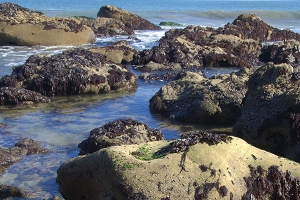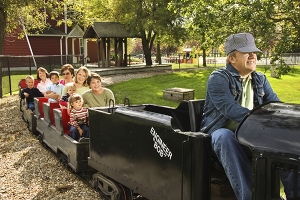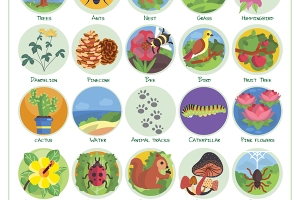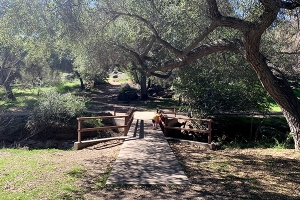
It’s a sunny Saturday and you’re casting about for an adventure. Something outside, something for the whole family, and equally important, something that won’t break the bank. A smile spreads across your face. You recall a family outing from when you were a kid—the time your parents took you fishing on San Diego Bay. The fish are waiting so let’s go.
Missed Part One? Read it here!
Where to Go Fishing in San Diego
Choices abound. In addition to public fishing piers, the Shelter Island promenade has numerous pullouts where anglers can set up rods. Several San Diego parks border the water. Tidelands Park under the Coronado Bridge is an easy place to launch a small boat or canoe and it’s only a few strokes to the fishing grounds. Grand Caribe Shoreline Park in Coronado Cays has plenty of shoreline access but few parking spaces. Barely a long cast from the Chula Vista public pier is the breakwater and boat launch at Chula Vista J Street Marina.
What Equipment to Use for Fishing
A medium-stiff casting rod, matched with a reel filled with 12-pound monofilament works great for most bay fish. Andrew Hughan of California Department of Fish and Wildlife says live bait, like anchovies and ghost shrimp, work best. There’s a bait shop conveniently located at Shelter Island, or you can get bait from Squidco Fishing or Angler’s Choice. If you want to avoid dealing with live bait, soft plastics—molded plastic that imitates bait—catch a ton of saltwater fish. Capt. Bob Day suggests curly-tailed grubs (2-4 inches) and Big Hammer swim baits (3–4 inches). These plastics can be threaded on a ¼- or 3/8-ounce jig, then smeared with Uni Butter, a fish attractant made locally.
It seems like every angler has a personal favorite imitation bait color. Use dark colors in the morning before the sun lights up the water and in the evening. Switch to lighter colors, like bay anchovy or smelt, during the day.
Fishing Technique
After making the cast, let the bait (live or imitation) settle a bit, then start reeling while raising and lowering the rod tip to create an up and down jigging action. During the winter when the water is colder, slow this retrieve motion because the fish are slower.
Check the bait every few casts and remove any vegetation it might have picked up. Because fish are looking for live food to eat, they rarely go for bait that has anything hanging on it.
Captain Bob Day says if a fish bites but misses, give the bait a quick twitch, then let it rest for a couple of seconds before resuming the retrieve. Once a fish—particularly a bass—gets interested, it will track the bait.
Guides
For those who are serious about catching fish in San Diego Bay, consider going with a guide. Captain Bob Day (www.enlamosca.com) may be unique among local guides as he’ll take light-tackle and fly fishing trips. Capt. James Nelson (www.fishingguidesandiego.com) is another good choice for light-tackle anglers. Both know where the fish live and how to catch them.
Fishing Glossary
Bait: food, or some substitute, used to lure in fish. Live bait includes ghost shrimp and anchovies.
Cast: a quick forward motion of the rod throwing the bait or lure towards the water.
Curly-tailed grubs: a curved-tail soft plastic bait often threaded onto a jig.
Jig or jighook: a hook with weight molded onto the hook at the head.
Monofilament: a single, untwisted, synthetic filament, also called fishing line.
Soft plastics: a molded soft plastic lure designed to imitate fish food, manufactured in numerous sizes, shapes and colors.
Swim bait: any lure that emulates a baitfish.
Retrieve: the act of reeling in the lure or bait.
Tidal exchange: the difference between high and low tide, measured in feet.
Tide chart: projected daily high and low tides.
Find a list of free fishing piers in part one of this article.
----------------------
Freelance writer, David Paul Williams, is the author of Fly Fishing for Western Smallmouth.
Published: June 2014














